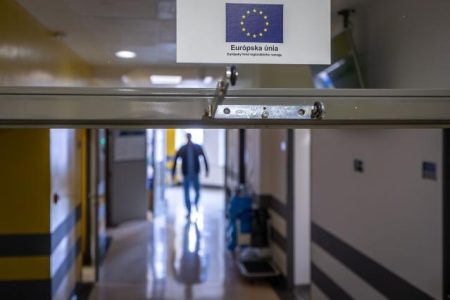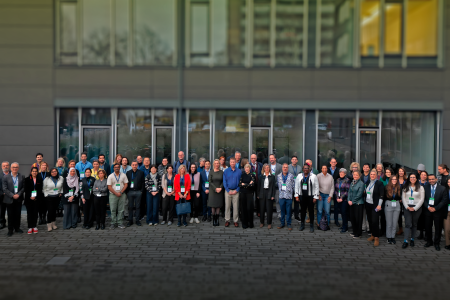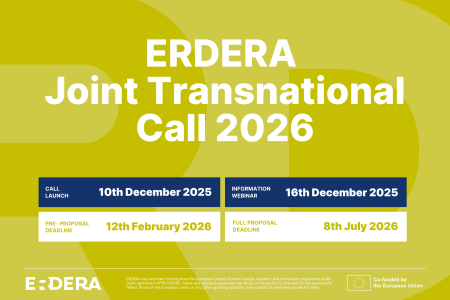(Inter)national Capacity Alignment
The workstream is organised around three complementary components, each delivered through clearly defined tasks and milestones. It balances progress with global benchmarks, harvesting national insight, integrating proven methods, and circulating new advances across borders.
National Mirror Groups
National Mirror Groups (NMGs) sit at the heart of alignment. These multi-stakeholder hubs—often anchored by a patient alliance—bring together researchers, clinicians, policy makers and funders to:
- Channel national needs and good practice into ERDERA’s annual work plans,
- Disseminate and help implement ERDERA outputs at home, and
- Foster peer-to-peer exchange between countries.
Fostering Engagement of Under-represented Countries
Targeting countries that currently lack critical mass in rare-disease research or policy. Through capacity-development actions, advocacy and tailored support, the team helps emerging communities:
- Access ERDERA funding calls, training and data resources,
- Showcase national strengths, and
- Join NMG activities on equal footing.
Global Collaboration
ERDERA’s vision extends beyond Europe. Under Work Package 25 the partnership:
- Forges strategic alliances with complementary programmes and infrastructures,
- Hosts the IRDiRC Scientific Secretariat, strengthening the science-policy interface worldwide,
- Links Clinical Research Networks with global counterparts and patient organisations, and
- Aligns ERDERA methods with the research strategies of the European Reference Networks.
Programme highlights
An annual State-of-the-Nation survey, Alignment Toolkits translated for local use, train-the-trainer courses, and the forthcoming Country Compass dashboard ensure that evidence, expertise and solutions flow smoothly between national and international levels—ultimately targeting equitable progress for all people living with a rare disease, regardless of their country.
What are Underrepresented Countries (UC) in ERDERA?
Underrepresented Countries (UC) are places that need extra support to take part fully in ERDERA’s rare‑disease research.
A country is treated as UC if one or more of these apply:
- It is a Horizon Europe Widening Country, as defined by the European Commission to boost participation where R&I performance is lower.
- It is a Horizon Europe Associated Country with similar characteristics to the Widening group.
- It has consistently low or no participation/success in ERDERA or rare‑disease research activities.
- It is listed by the OECD as low‑ or lower‑middle‑income for international cooperation.
Current UC participating in ERDERA
Bulgaria
Cyprus
Czechia
Estonia
Greece
Georgia
Hungary
Ireland
Latvia
Lithuania
Morocco
Poland
Portugal
Romania
Serbia
Slovakia
Slovenia
Türkiye
How ERDERA uses this
- To target outreach, training, funding access and data/clinical research support so that patients, researchers and clinicians in these countries can benefit equally.
- The list is reviewed regularly to reflect Horizon Europe and OECD updates.




